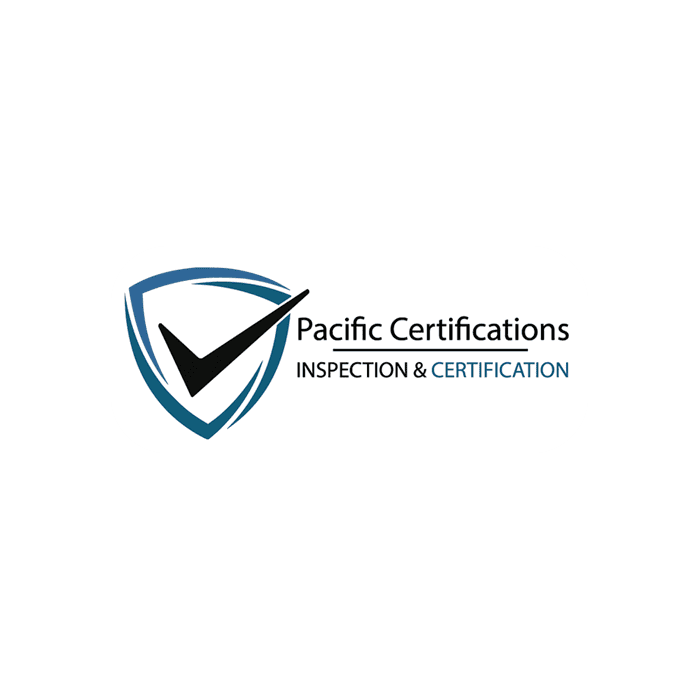VAPT is a Mandatory Requirement for the Information Technology (IT) Industry

Introduction
The imperative for robust cybersecurity measures in the Information Technology (IT) industry cannot be overstated. Among the plethora of strategies and frameworks designed to fortify the digital fortress, Vulnerability Assessment and Penetration Testing (VAPT) stands out as a critical component. This article delves into the necessity of VAPT in the IT sector, elucidating its role, benefits, methodologies, and the regulatory landscape that underscores its mandatory nature.
The Imperative of Cybersecurity in IT
In an era where digital landscapes are continually evolving, cybersecurity threats have become increasingly sophisticated and pervasive. The IT industry, being at the heart of digital innovation, is inherently susceptible to a wide array of cyber threats, ranging from data breaches and malware attacks to insider threats and ransomware.
The consequences of such security incidents are not only limited to financial losses but also extend to reputational damage, legal ramifications, and operational disruptions. Hence, cybersecurity is not just a technical requirement but a strategic imperative for IT companies.
Click here to find out more applicable standards to your industry
Understanding VAPT
VAPT is a comprehensive framework that encompasses two distinct but complementary processes: Vulnerability Assessment (VA) and Penetration Testing (PT).
Vulnerability Assessment is a systematic review of security weaknesses in an information system. It evaluates if the system is susceptible to any known vulnerabilities, assigns severity levels to those vulnerabilities, and recommends remediation or mitigation measures.
Penetration Testing simulates cyber-attack scenarios to exploit vulnerabilities in the system. Unlike VA, which identifies potential vulnerabilities, PT attempts to breach the system's security controls using the same tools and techniques an attacker would employ. This proactive approach helps uncover hidden vulnerabilities that a mere assessment might not reveal.
The Mandatory Nature of VAPT in IT
The mandate for VAPT in the IT industry is influenced by several factors, primarily regulatory requirements, client demands, and the intrinsic need to safeguard digital assets. Regulatory bodies across the globe have recognized the criticality of cybersecurity and have thus incorporated VAPT into their compliance frameworks.
For instance, standards such as ISO/IEC 27001 on information security management emphasize the need for regular security assessments, including vulnerability assessments and penetration testing, to manage and mitigate cyber risks effectively.
Moreover, clients and stakeholders are increasingly demanding evidence of robust cybersecurity practices before engaging in business partnerships. VAPT serves as a testament to an organization's commitment to security, providing a detailed insight into the security posture and resilience of its IT infrastructure.
Benefits of VAPT for the IT Industry
The benefits of implementing VAPT extend beyond mere compliance. Here are key advantages:
Identifying and Prioritizing Vulnerabilities:
VAPT provides a clear picture of the vulnerabilities within an IT system, allowing organizations to prioritize remediation efforts based on the severity and potential impact of each vulnerability.
Enhancing Security Posture:
Regular VAPT cycles ensure that security measures are always aligned with the latest threat landscape, thereby enhancing the overall security posture of the organization.
Preventing Data Breaches:
By identifying and addressing vulnerabilities before attackers can exploit them, VAPT significantly reduces the risk of data breaches and other security incidents.
Building Trust:
Demonstrating a proactive approach to cybersecurity through VAPT helps build trust among clients, stakeholders, and regulatory bodies.
Implementing VAPT: Best Practices
Implementing VAPT effectively requires a strategic approach, encompassing the following best practices:
Regular Scheduling:
Cyber threats evolve rapidly; hence, VAPT should be conducted at regular intervals and not be viewed as a one-time activity.
Comprehensive Coverage:
VAPT should cover all aspects of the IT infrastructure, including networks, applications, endpoints, and cloud services.
Skilled Personnel:
Given the complexity of VAPT, it is imperative to have skilled and experienced cybersecurity professionals conducting the assessments and tests.
Management Support:
Effective VAPT implementation requires strong support from senior management to ensure that recommendations are acted upon promptly.
Continuous Improvement:
The findings from VAPT should feed into a continuous improvement process, where security measures are regularly updated and refined.
Regulatory Landscape
The regulatory landscape around cybersecurity is becoming increasingly stringent. Regulations such as the General Data Protection Regulation (GDPR) in Europe and the California Consumer Privacy Act (CCPA) in the United States have specific requirements that indirectly necessitate VAPT. Furthermore, industry-specific regulations, such as the
Payment Card Industry Data Security Standard (PCI DSS) for payment systems, explicitly require penetration testing and vulnerability assessments.
Conclusion
The digital age demands vigilance and proactive measures to safeguard against cyber threats. For the IT industry, VAPT is not just a regulatory requirement but a fundamental component of a comprehensive cybersecurity strategy.
By embracing VAPT, IT companies can not only comply with legal and contractual obligations but also protect their assets, build stakeholder trust, and maintain a competitive edge in the digital marketplace.
The dynamic nature of cyber threats necessitates that VAPT be ingrained in the organizational culture, ensuring that cybersecurity is not an afterthought but a foundational pillar of the IT industry's operational strategy.
Pacific Certifications is accredited by ABIS, in case you need support with ISO certification for your business, please contact us at [email protected] or +91-8595603096.
Ready to get ISO certified?
Contact Pacific Certifications to begin your certification journey today!
Suggested Certifications –
Read more: Pacific Blogs

